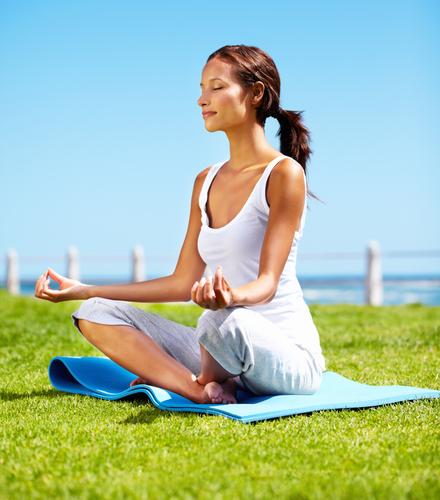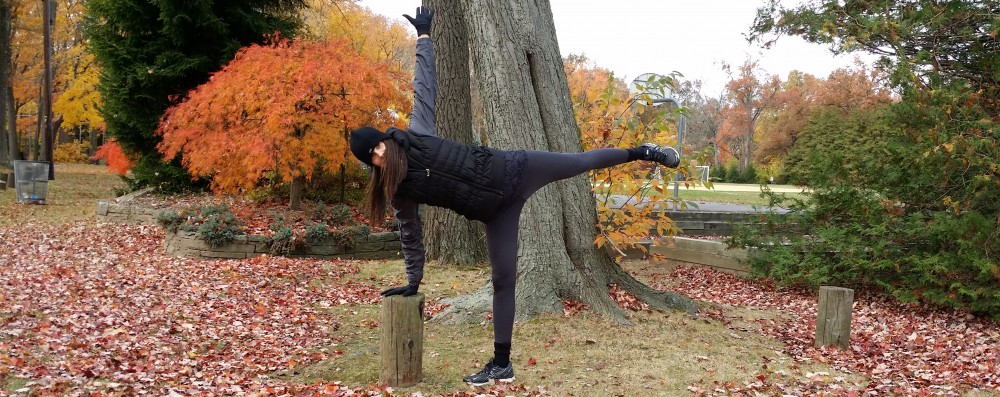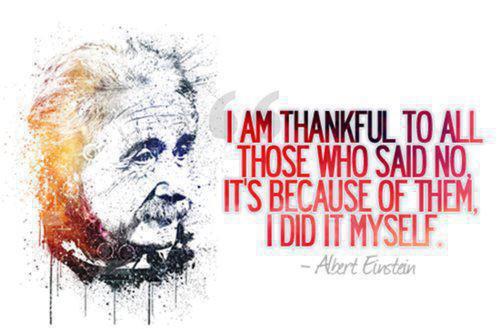Something caught my attention on Twitter the other day. It was a tweet by a woman who said that she didn’t see the point of self-reflection because she did a bit over the
holidays and it was depressing.
My “yoga-teacher-radar” went off immediately, because to me, “self reflect” does not = buy a pint of Haagen-Dazs, stay in your bathrobe, and have a pity-party.
Not that this last form of entertainment is a bad thing if it’s a stepping-stone on your path to The Other Side of whatever issue you’re working through.
If so, at least buy the best quality junk food, set aside a fixed amount of time to cry and feel your feelings, get it all out, summon your inner strength and positive outlook, perhaps apply a bit of lip gloss (gentlemen: shave?) and move forward.
Someone once said to me “better out than in” which, in retrospect may have been advice about sneezing, but it seems appropriate to fit it into this conversation.
In fact, the
yogic system recognizes that suffering is part of the human predicament, and
awareness of this is the foundation to change. In this context, suffering is at the level of the mind.
For example, if you are going through a
break-up, and you become so lost in the negatives, the inadequacies, the failures that you become all that, you are allowing yourself to become suffering embodied.
On the other hand, if you perceive that every obstacle is a blessing in disguise, you free up your mind, and are able to let life move through you, you identify with the BIG picture not the temporary drama. This radically changes outcomes in your life.
How to go about this?
Yoga is a practical methodology; an action plan for
wellness, if you will. As humans, we can either reinforce conditions which maintain frantic or which awaken calm within us.
Hence the “plan” is three-fold, called in the Yoga Sutras, Kriya-Yoga, and transformation through Practice. These three aspects are to:
1. Purify the body and mind (Tapas)
2. Self-reflect (Svadhyaya)
3. Recognize our Source (Isvara pranidhana)
The word
Svadhyaya translates to “move forward to one’s self,” to borrow from
Gary Kraftsow. If a wave were looking in the mirror, it would see itself as the wave but also as the ocean… Poetic, yes, but also practical.
If you see only the small self, your journey can be mired by insecurities and stress. When you elevate and nourish the perception of self, you are likely to feel that everything on the journey happens for a reason. I call it “research and development.”
You will likely cultivate objectivity, friendliness and an empowering attitude to nourish and adopt behaviors and strategies to further peace, positivity, and clarity.
A new year is always a new beginning.
If you can start to make a few healthier choices (food, beverage,
meditation,
yoga postures, nature, weed out toxic relationships and behaviors) your inner life will reflect these changes, and when you self-reflect, your vision will no longer be distorted.
Elevate and you will be elevated. Embrace and cultivate the inner dimension, and the outer will follow…
As always, it is important to let go the old, to make room for the new.
A great
breathing practice to help foster your new attitude is
Kapalabhati Pranayama (pronounced (kah-pah-lah-BAH-tee).
Kapala = skull and
bhati = light (implying perception, knowledge).
This wonderful breathing exercise will clear the mind, release emotional tensions, improve
digestion, and leave you feeling energized and “brighter,” almost as if your brain was standing in a warm and happy sunbeam.
Build up slowly!
Step by Step Guide:
Sit comfortably, using any support or props. Try seated tadasana on a chair, if you like.
Focus on your lower abdomen, placing your hands there, one atop the other. Breathe in and then try laughing.
Notice the activity under your hands, as the belly contracts in short bursts.
Inhale, and as you exhale next time, repeat the same “ha ha ha” action but using short exhales through the nose.
Your inhales can be long, passive and slow, the exhales will be shorter bursts. You can keep your hands on the belly and use them to pump the abdomen until you are comfortable and feel more adept at the rhythm.
Photo Credit: Shutterstock.com
Published January 2, 2013 at 9:11 AM
About
Rana Waxman
Rana Waxman is a Yoga Therapist, who has taught in Montreal for over 17 years. Her background in the healing arts of massage have earned her the nickname ‘the muscle whisperer.” Often called, the “modern yogini,” Rana likes to empower students to take their practice home with them so their yoga becomes a tool for transformation. Her inspired style is a blend between alignment, vinyasa and restorative yoga to promote healthy posture, peace and positivity. Follow Rana on
Facebook and
Twitter.More from Rana Waxman on MindBodyGreen



